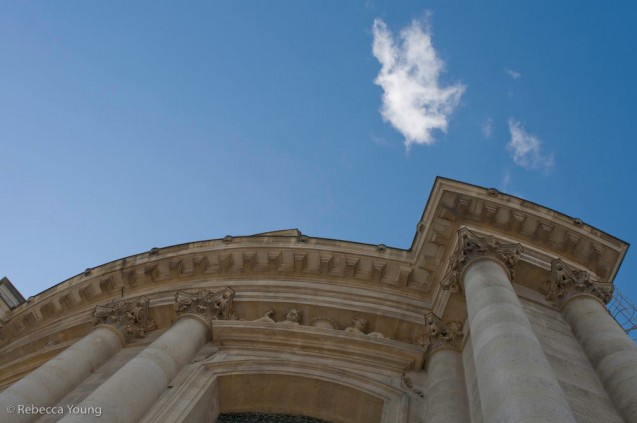According to a recent Napoleonic guidebook, throughout the world more than 4,000 places of memory have been identified relating to the epic journey of the “Great Man”. Among this plethora of palaces, museums, statues, monuments, tombs, commemorative plaques, etc., several places of distinction hold a particular significance, such as the Chateau de Malmaison, the Maison Bonaparte in Ajaccio, the French Domains of St Helena, the Musée de l’Armée in Paris, the Museum of French History in Versailles, and the new “Museum of the Patriotic War of 1812” in Moscow.
Indeed, throughout Europe and even on other continents, it is rare for a historical or fine-arts museum not to display at least one painting or object evoking the Napoleonic episode. However, the most visited place of Napoleonic memory is undoubtedly the tomb at Les Invalides, with nearly a million and a half visitors per year.
After Napoleon’s mortal remains returned to Paris [the “Retour des Cendres”], the competition to build a tomb worthy of the former Emperor of France was won by the architect Louis-Tullius Visconti (1791-1853). The building work lasted more than twenty years and it was on 2 April 1861 that the Emperor’s multiple coffins were placed in the crypt that had been dug beneath the dome of the Eglise Royale des Invalides. It can be entered via a monumental door and staircase, situated behind the main altar. The tomb itself is located in the middle of a circular gallery.
The four-metre-high sarcophagus, made of a block of red quartzite from Finland (and not porphyry, as is often said), is surrounded by twelve statues, each representing one of the great Napoleonic campaigns. The floor, composed of various types of precious marble, is furthermore embellished with a mosaic depicting a seventy-two-pointed star whose central circle bears the names of victories: Rivoli, the Pyramids, Marengo, Austerlitz, Iéna [“Jena” in English], Friedland, Wagram and the Moskova [“Borodino” in English]. The circular gallery is decorated with ten bas-reliefs illustrating Napoleon’s civic work.
A small room is adjoined, known as the “sword chamber” or “cella”. Originally, it contained the sword of Austerlitz, the hat from Eylau, the keys of the coffin, the large chain and the cord of the Légion d’Honneur. On 10 December 1969, the remains of Napoleon II were laid to rest under the floor of this room (having been returned to France by… Hitler, for propaganda purposes). The remains of Napoleon I’s son and heir had entered Les Invalides on 15 December 1940, exactly a hundred years to the day after those of his father.
Thierry Lentz


